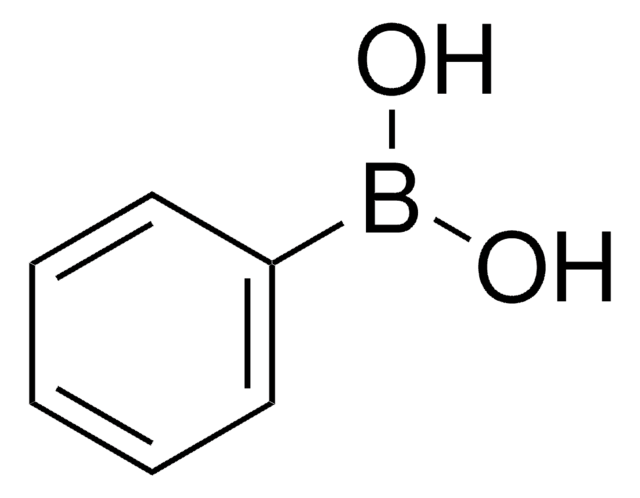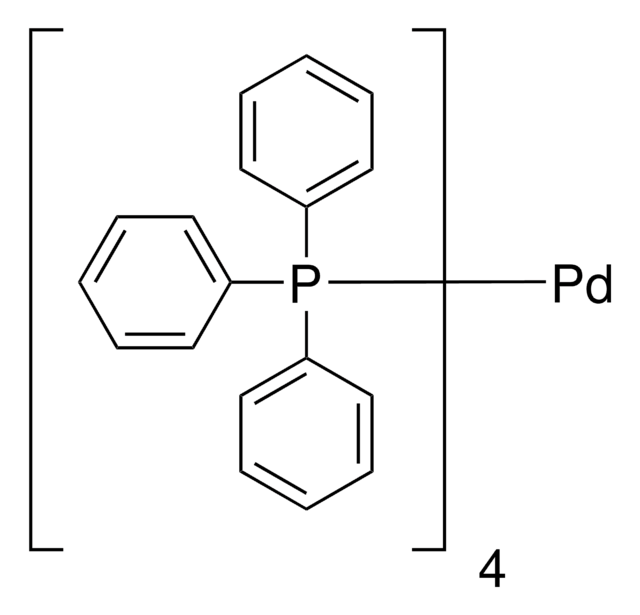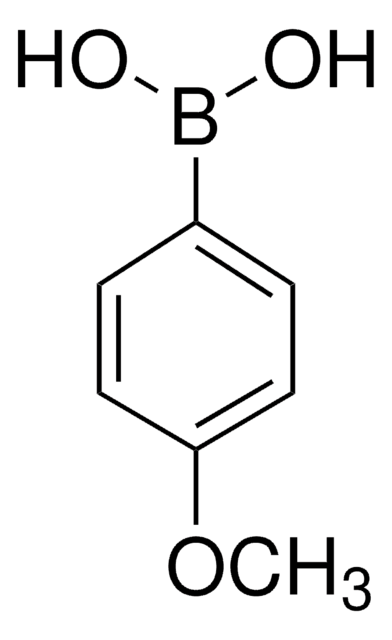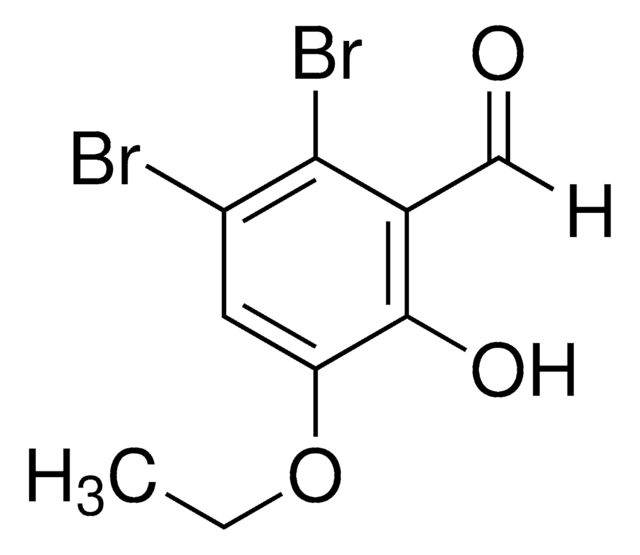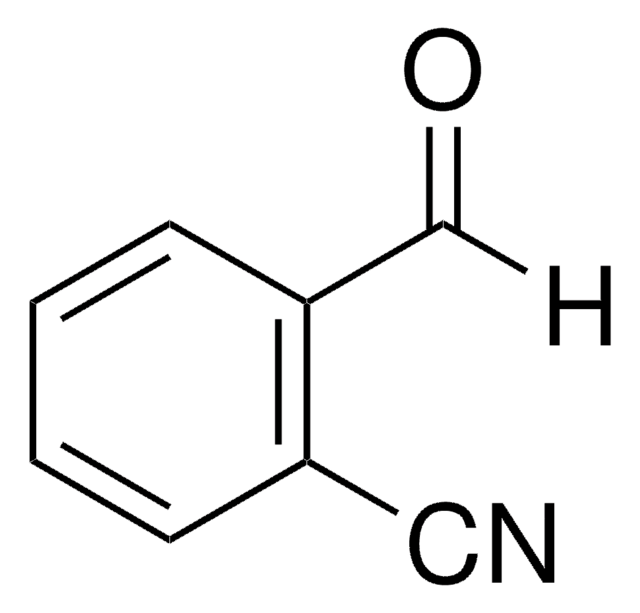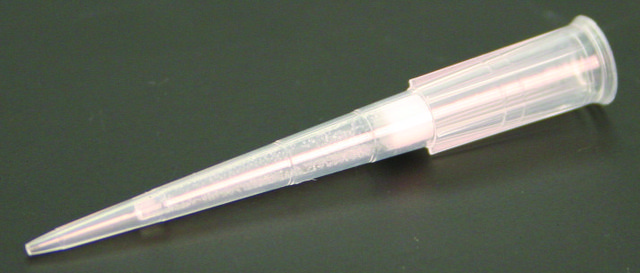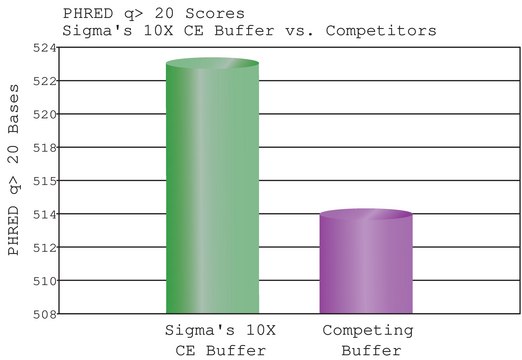S5059
SigmaSpin™ Sequencing Reaction Clean-Up
post-reaction clean-up columns
Synonym(s):
sequencing clean up columns
Sign Into View Organizational & Contract Pricing
About This Item
UNSPSC Code:
41106300
NACRES:
NA.52
Pricing and availability is not currently available.
Recommended Products
Looking for similar products? Visit Product Comparison Guide
1 of 4
This Item | D1947 | B4930 | 823516 |
|---|---|---|---|
| storage temp. 2-8°C | storage temp. room temp | storage temp. room temp | storage temp. - |
| Quality Level 400 | Quality Level 100 | Quality Level 200 | Quality Level - |
Application
Ideal for removing dye-terminator nucleotides and primers from sequencing reactions and radiolabeled nucleotides, primers, and fluorescent dyes from nucleic acid probe labeling reactions.
SigmaSpin™ Sequencing Reaction Clean-Up has been used in the synthesis of antisense RNA probe.[1]
Other Notes
SigmaSpin Post-Reaction Clean-Up Columns are ideal for lower throughput applications, such as clean-up of probe labeling reactions or small numbers of sequencing reactions. These columns can accept sample volumes up to 100 μL. Each column comes with a collection tube to collect the DNA during centrifugation.
SigmaSpin Post-Reaction Clean-Up columns provide a fast, simple, and highly efficient method for removing unincorporated dyes, excess salts, and other interfering reaction components. Each column is packed with a pre-hydrated size-exclusion resin, equilibrated with molecular biology grade water, and supplied in our unique column design. The column also includes a snap-cap bottom seal and an o-ring containing screw-cap to ensure that the resin remains hydrated. SigmaSpin has been tested in high-throughput genome centers and core facilities with ABI PRISM® 3700, 3100, 310 and 377. Each well can accept sample volumes up to 20 μL.
SigmaSpin Post-Reaction Clean-Up columns provide a fast, simple, and highly efficient method for removing unincorporated dyes, excess salts, and other interfering reaction components. Each column is packed with a pre-hydrated size-exclusion resin, equilibrated with molecular biology grade water, and supplied in our unique column design. The column also includes a snap-cap bottom seal and an o-ring containing screw-cap to ensure that the resin remains hydrated. SigmaSpin has been tested in high-throughput genome centers and core facilities with ABI PRISM® 3700, 3100, 310 and 377. Each well can accept sample volumes up to 20 μL.
For additional information, please see www.sigma-aldrich.com/sequencing.
Legal Information
ABI PRISM is a registered trademark of Applera Corporation or its subsidiaries in the US and/or certain other countries
SigmaSpin is a trademark of Sigma-Aldrich Co. LLC
Storage Class
11 - Combustible Solids
wgk_germany
WGK 3
flash_point_f
Not applicable
flash_point_c
Not applicable
Choose from one of the most recent versions:
Already Own This Product?
Find documentation for the products that you have recently purchased in the Document Library.
Charge Transport in Conjugated Polymers with Pendent Stable Radical Groups.
Zhang Y, et al.
Chemistry of Materials (2018)
Paulina Powroznik et al.
Sensors (Basel, Switzerland), 20(2) (2020-01-19)
In the present work, we report the use of regioregular poly(3-hexyltiophene) polymer (RR-P3HT) as a potential light-activated material for sensing the chemical nerve agent simulant dimethyl methylphosphonate (DMMP). The electrical response of thick films of RR-P3HT, deposited by spray-coating method
Tomasz Jarosz et al.
Polymers, 11(2) (2019-04-10)
A type of graft copolymer based on polysiloxane and regioregular poly(3-hexylthiophene) (P3HT) has been synthesised and its properties have been studied alongside those of its parent conjugated polymer-regioregular P3HT. Electrochemical analysis has revealed more significant changes in conformation of the
Xiaoyu Li et al.
Nature communications, 8, 15909-15909 (2017-06-27)
Micelles formed by the self-assembly of block copolymers in selective solvents have attracted widespread attention and have uses in a wide variety of fields, whereas applications based on their electronic properties are virtually unexplored. Herein we describe studies of solution-processable
Kinga Kepska et al.
Chemicke zvesti, 72(1), 251-259 (2018-01-26)
The first comprehensive spectroelectrochemical account of the behaviour of regioregular (RR-P3HT) and statistical (ST-P3HT) poly(3-hexylthiophenes) in solution is presented, in contrast to the many reports dealing with P3HT films merely deposited from solution. The conducted experiments revealed that the two
Articles
Oligothiophenes are important organic electronic materials which can be produced using synthetic intermediates and Suzuki coupling.
Our team of scientists has experience in all areas of research including Life Science, Material Science, Chemical Synthesis, Chromatography, Analytical and many others.
Contact Technical Service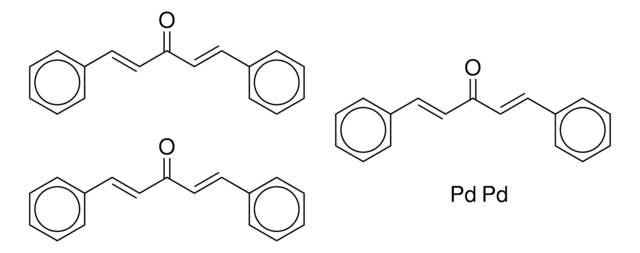
![[Pd(OAc)2]3 reagent grade, 98%](/deepweb/assets/sigmaaldrich/product/structures/508/249/99a0ef2c-b77c-4d73-8ed9-0cca05b6b41f/640/99a0ef2c-b77c-4d73-8ed9-0cca05b6b41f.png)
